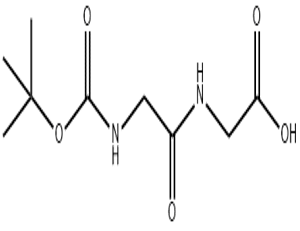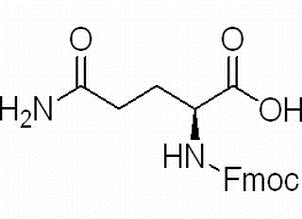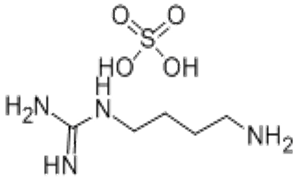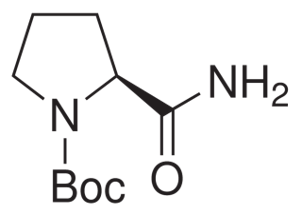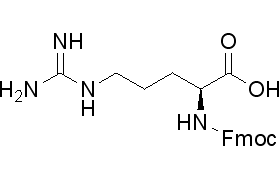N-(tert-Butoxycarbonyl)glycylglycine(CAS# 31972-52-8)
| Risk Codes | 43 – May cause sensitization by skin contact |
| Safety Description | S24/25 – Avoid contact with skin and eyes. S36/37 – Wear suitable protective clothing and gloves. |
| Hazard Class | IRRITANT |
Introduction
Boc-Gly-Gly-OH, known as Boc-Gly-Gly-OH(N-tert-butyloxycarbonyl-glycyl-glycine, Boc-Gly-Gly-OH for short), is a chemical substance. The following is a description of its nature, use, preparation and safety information:
1. Nature:
Boc-Gly-Gly-OH is a white to off-white solid with a high melting point and low solubility. It is stable at room temperature, but may degrade under high temperature, direct sunlight or humid environment.
2. Use:
Boc-Gly-Gly-OH is a commonly used amino acid protecting group. It is used to protect the amino group of glycylglycine in chemical synthesis to avoid its side reaction in chemical reaction. During the synthesis of a polypeptide or protein, a Boc-Gly-Gly-OH may be added as a protecting group and then removed under appropriate conditions to allow the polypeptide chain to be extended.
3. Preparation method:
The preparation of Boc-Gly-Gly-OH is generally carried out by organic synthesis methods. One common method of preparation is to react the two hydroxyl groups of glycine separately with a Boc-anhydride (tert-butyloxycarbonyl anhydride) to form Boc-Gly-Gly-OH. The reaction conditions need to be controlled during the preparation to ensure yield and purity.
4. Safety Information:
Boc-Gly-Gly-OH is relatively safe under general laboratory conditions, but the following matters still need to be paid attention:
-This compound may cause irritation to the skin, eyes and respiratory tract, so use necessary protective measures such as laboratory gloves and goggles when exposed.
-Avoid contact with oxidants or flammable substances during use or storage to avoid dangerous situations such as fire or explosion.
-Proper handling and disposal of remaining compounds and waste in the laboratory, following current safe practices and regulations.


